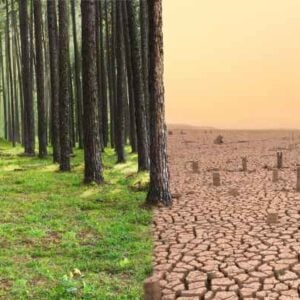With just five years remaining until 2030, questions about the feasibility and relevance of the Sustainable Development Goals (SDGs) are widespread. While myths and misconceptions often dominate global discourse, significant progress is being made at grassroots, national, and international levels, with real, measurable impacts that are worth scaling up.
Ahead of the High-level Debate at the 80th session of the United Nations General Assembly, attention remains focused on efforts to achieve durable peace, shared prosperity, and sustainable development for people and the planet. The SDGs, adopted by all UN member states, are a reflection of national priorities and have influenced policies worldwide, from improving health in Sri Lanka to advancing gender equality in Panama.
Sustainable development is a shared responsibility, involving governments, civil society, businesses, universities, and citizens. Examples include Thailand’s private sector pledging $46 billion toward carbon neutrality and climate protection initiatives in Pacific nations, where civil society leaders drive local climate action and policy engagement.
While developing countries face an annual investment gap of approximately $4.2 trillion to achieve the SDGs, financial resources exist and can be mobilized effectively through coordinated efforts by banks, governments, and international financing institutions. Indonesia and Uruguay illustrate this, channeling funds through thematic bonds, sukuks, and public-private initiatives to support climate resilience, renewable energy, and social development.
Young people are among the most active SDG advocates, shaping policy, co-designing solutions, and leading initiatives across sectors such as climate action, health, and education. In Jordan, Ethiopia, Guatemala, Mali, and Yemen, youth are driving community change, leveraging digital platforms to influence decisions and promote peacebuilding.
The SDGs adopt a holistic approach to sustainable development, demonstrating how initiatives can simultaneously address multiple goals. Renewable energy projects in Zimbabwe create jobs and protect the environment, digital transformation in Albania improves education and employment, and Bhutan’s school meals programs combine agriculture, technology, and inclusive education to enhance livelihoods.
While the SDGs are not perfect, they remain the most comprehensive roadmap toward a fairer, greener future. Evidence from countries, communities, and youth-led initiatives shows that progress is possible. With focused action, investment, and accountability over the next five years, the SDGs can drive transformative change, benefiting people and the planet alike.







